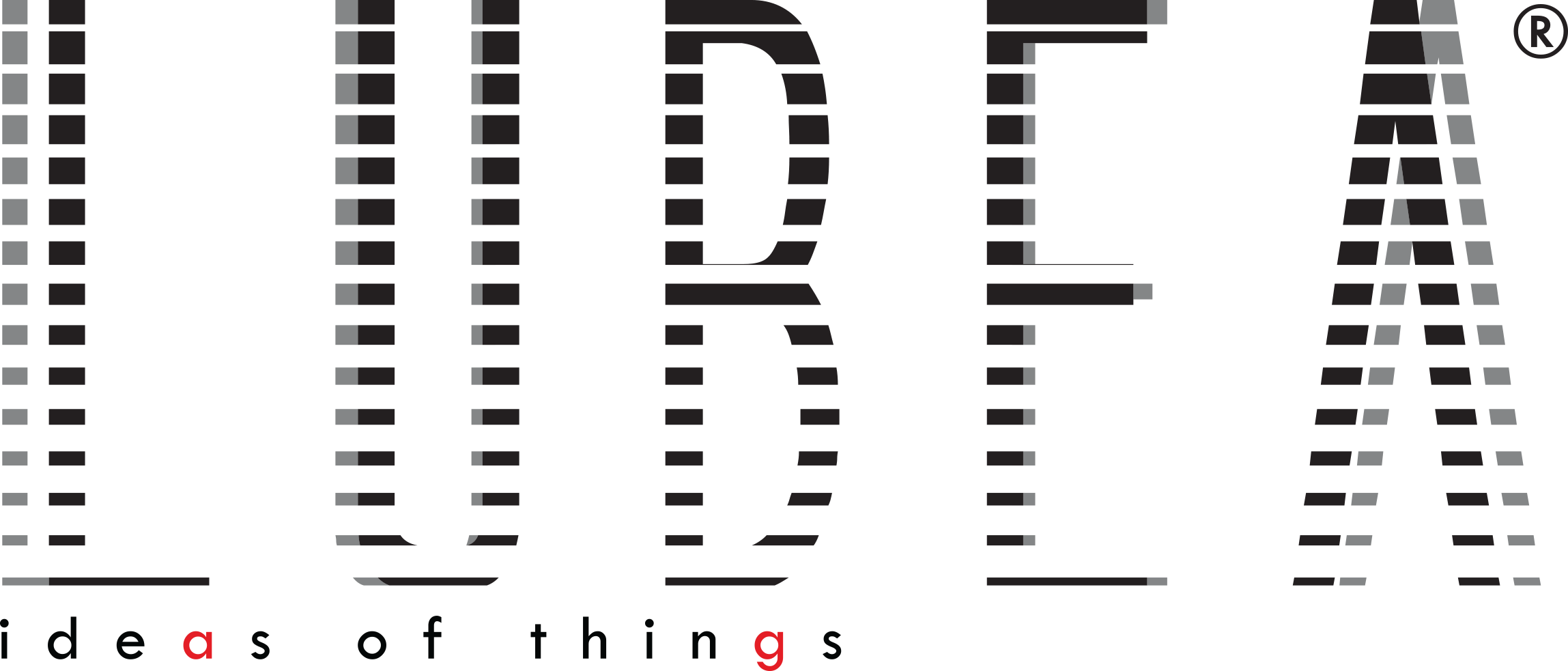A study by Juniper Networks and Ponemon Institute highlights the challenges facing cybersecurity professionals on the path to automation.
Juniper Networks introduced The Challenge of Building the Right Security Automation Architecture, a new study conducted in collaboration with Ponemon Institute that involved a sample of 1,859 IT or IT security specialists based in Germany, France, Great Britain and the United States. The survey shows that while businesses are aware of the importance of automation in addressing the shortage of cybersecurity experts and strengthening security, most have problems determining how, when, and where to automate.
According to Cybersecurity Ventures, in 2021 the fight against cybercrime will cost companies more than $6,000 billion a year and there will be 3.5 million vacancies in cyber security. This is confirmed by the Ponemon study, according to which 57% of the interviewees stated that they were unable to find the qualified personnel necessary to implement security automation tools. As cybercriminals continue to automate attacks, organizations are confronted with undersized security teams, manual processes, heterogeneous systems, and complex policies that force them to spend time on low-level activities.
Automation is essential
The development of the threat scenario and the shortage of skilled personnel means that organizations need to deploy automation to strengthen their security. Respondents are aware of the importance of automation and how it can improve productivity, address the growing number of threats and reduce the false-positive rate. The two main benefits of automation, according to respondents, are increased productivity of security personnel (64%) and automatic correlation of threat behavior to handle the high volume of threats (60%). 54% of respondents also say that automation technologies simplify the process of detecting and responding to threats and vulnerabilities.
Suppliers help to create chaos
Today, security environments are more complex and cybercriminals more determined than ever. However, organizations use security solutions based on stand-alone tools, resulting in a proliferation of vendors that results in ineffective security strategies. According to 71% of respondents, companies are aware that the integration of disparate security technologies is the main obstacle to the implementation of an effective architecture for security automation.
57% report interoperability issues between security technologies that undermine the effectiveness of automation technologies, while 63% report that it is difficult to integrate legacy systems with security automation technologies and tools. However, 59% believe that their company should reduce the number of suppliers.
Staff shortages are an obstacle
As a result of this proliferation of vendors, security specialists are spending approximately two hours a day reviewing alerts, events, and logs to uncover malicious activity, the study said. This significantly reduces the time available to implement automation technologies, which results in a structural weakening of safety. In addition, there is a general lack of experienced security personnel.
Only 35% say their company has the expertise at home to exploit automation in response to threats. 62% said that a lack of skilled internal staff reduces their company’s security, while 57% said they could not find staff trained to implement security automation tools.
LUBEA News on-line
Date: 2018 – 07 – 25
Written by: Francesco destri





